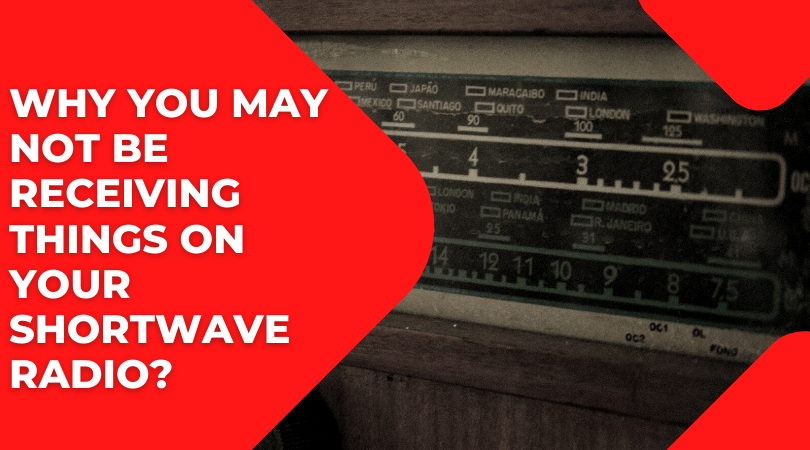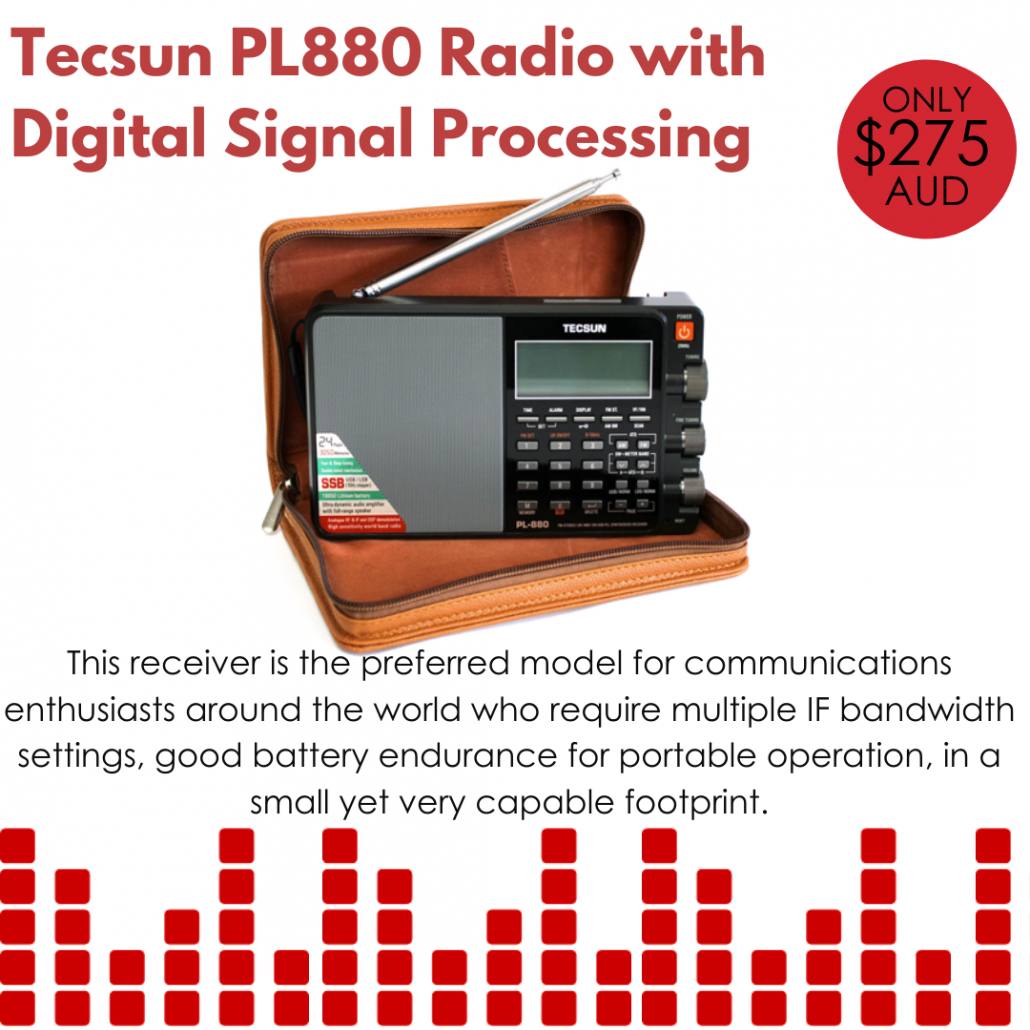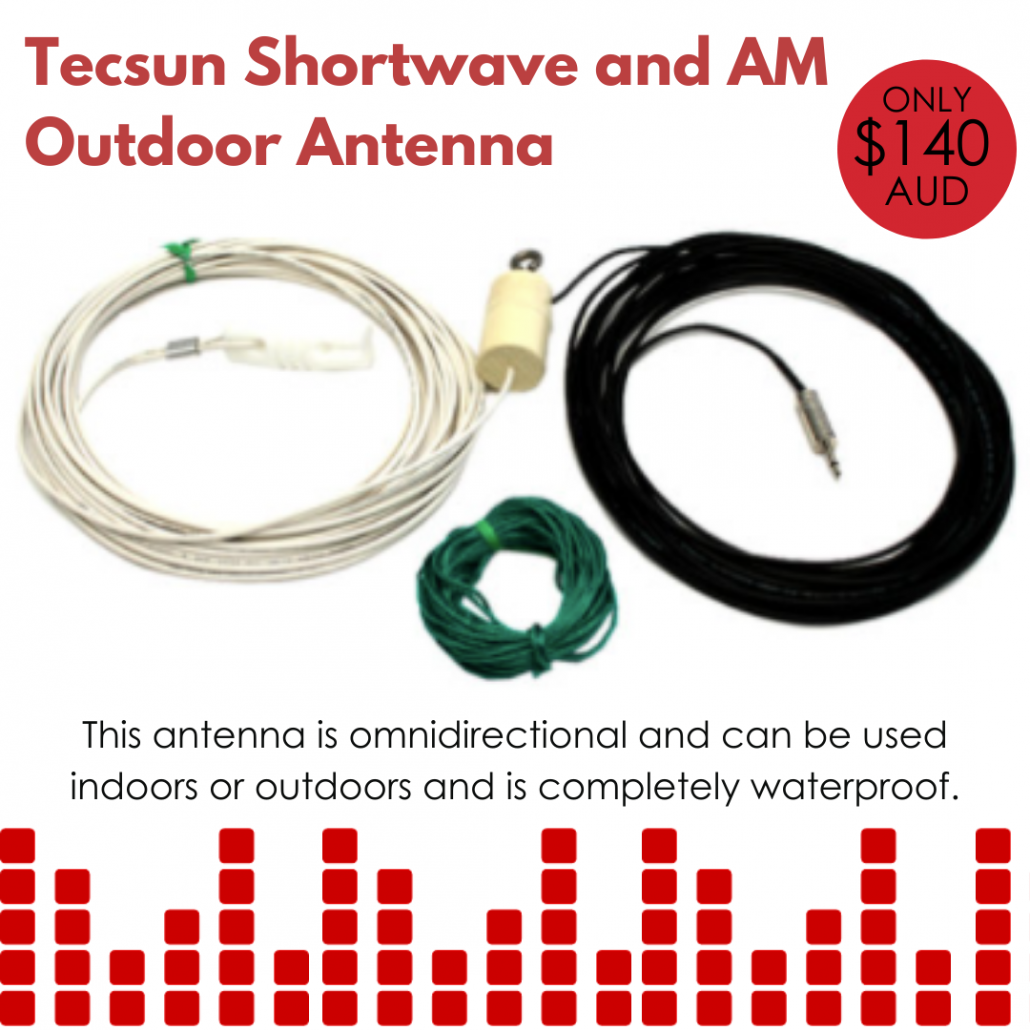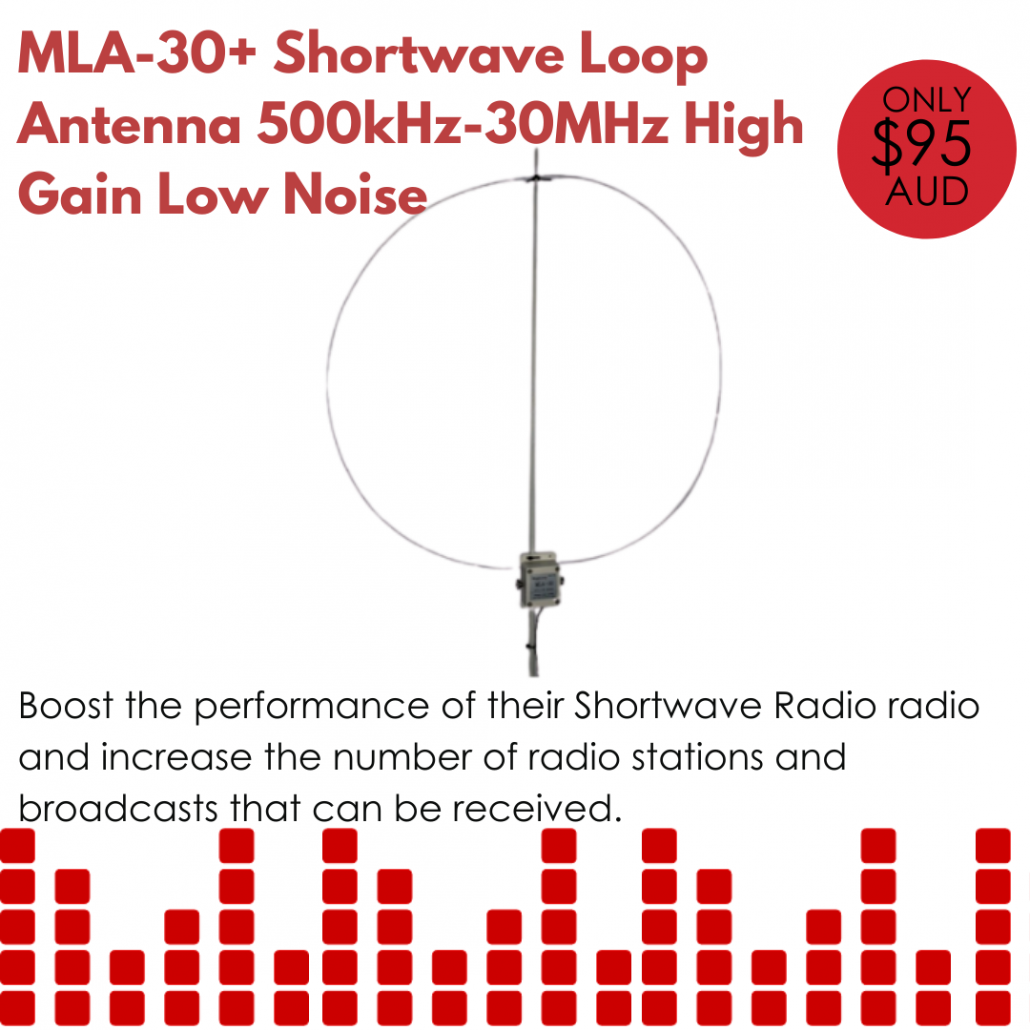
You just got your new radio. You excitedly unbox it and put in your Tecsun batteries, you turn it on, and there’s the sweet sound of….. Silence 🙁
What could be wrong? Is my radio broken?
Chances are it is not broken, here are several things it may be.
The first one may be noise, yes noise! Unfortunately, every single electrical item in your home emits a frequency, particularly modern items, especially if you live in a densely populated area. There may simply be too much noise dominating your area.
If you have a portable radio you could try troubleshooting it yourself. Simply walk around the home to find where you receive a signal and also where it is being interfered with. We had one customer just the other week who did this and realised the light dimmers were creating interference, light dimmers!! Sometimes it’s the microwave, sometimes it’s a power outlet. Radio signals cannot penetrate the metal walls of your shed, nor the foil-lined roof of your house! Taking the radio outdoors to try and receive a signal is one way of eliminating the effects of interference. If this is successful, the next step is to investigate an external antenna.
The Tecsun Outdoor Shortwave and Medium Wave Antenna is one solution. This gets the receiving ‘element” further away from the noise source, it is then matched to the transmission line and the radio is then fed with a coaxial cable. Compared to a straight piece of wire of the same length, this antenna offers a huge improvement in received signal level. If you do not have room for an external antenna, an “active loop” antenna might be your solution. These can be erected on a balcony or even fixed tothe glass of a window.
Another reason you may not be receiving shortwave is the time of day. Unless the specific broadcast is aimed at Australia, most international shortwave broadcasts will occur during daylight hours for the listening audience. So depending on the broadcaster, this might be in the middle of the night for us shortwave enthusiasts. Check some of the available shortwave radio schedules on the internet to see who is broadcasting when you are listening. In Australia, at this time of year there are many shortwave stations operating around 9Mhz most mornings, by mid-afternoon, many have shifted to 13-18Mhz for the evening.
Time signals are one reliable signal source. They are on air constantly 24 hours a day. Their signals on 10.00Mhz and 15.00Mhz are easiest to hear, and this will confirm the correct operation of your receiver. These signals are also ideal for comparing reception results between antennas. It is also possible to check the signal of a shortwave broadcaster using the Tecsun Radios online SDR. Click here for access.
Perhaps during the time you are tuning there is a geomagnetic storm or a solar flare that may be causing a temporary weakened signal.
It may be that a setting on your radio needs changing. Many radios have a button for “local or DX”. If your switch is on local it may not receive weaker stations.
Experiencing issues setting up your shortwave radio ? Garry at Tecsun Radios Australia is here to help guide you through the troubleshooting process if needed.
It is all part of why we are different here at Tecsun Radios Australia.
In fact with every radio purchase from Tecsun Radios Australia, you receive a listeners guide which includes a very comprehensive and practical guide to locating sources of AM and HF interference! You can view this guide here
The main thing to remember is dont give up ! Shortwave listening is like fishing, you never know what you are going to catch! Equipping yourself with a good receiver and antenna, are the first steps towards being able to regularly enjoy shortwave listening, the only live and uncensored source of international news and events.
One of our most popular portable shortwave radios is the Tecsun PL880. It comes in both the original and the deluxe edition with a stylish and durable hard case to keep your radio safe, shockproof, and moisture-free in storage or whilst traveling.
The top features of the PL880 are digital signal processing on the HF band (in all modes), a quantum leap forward for the reception of weak signals. In addition, the Tecsun PL880 Radio offers 9 user-selectable IF bandwidth settings for communications enthusiasts, and a new long-life lithium-ion battery.

The receiver covers the entire shortwave range (100-29999KHz), Longwave, FM and AM broadcast bands. Receiver sensitivity on HF in the SSB mode is typically less than 1uV. Upper Side Band and Lower Side Band are individually selectable, and there are multiple user-selectable bandwidth settings available for each band.* The receiver is equipped with an external antenna socket to allow connection of an external antenna for the Shortwave bands for enhanced reception.
Speaking of External antennas. To improve your reception we highly recommend the Tecsun shortwave and AM outdoor antenna.
The Tecsun Shortwave and AM Outdoor Antenna significantly enhances the reception of signals in the medium wave (AM) and shortwave antenna bands covering 0.5-30 MHz. The Tecsun Shortwave and AM Outdoor Antenna is based on a 10 metre longwire antenna design but provides significantly improved reception over a basic longwire because it utilises a matching transformer that acts as a balun with a ratio of 9:1. This provides an optimal match between the 500 ohm impedance of the antenna and the 50 ohm impedance of the receiver, greatly increasing the amount of signal provided to the tuner.

The MLA-30+ The MLA-30+ Shortwave Loop Antenna is an affordable active loop antenna that allows people without the luxury of a large backyard, to use an external antenna to boost the performance of their Shortwave Radio radio and increase the number of radio stations and broadcasts that can be received. The MLA-30+ Shortwave Loop Antenna can be mounted indoors on any non-conductive rod or tube, such as PVC conduit or fibreglass rod (not metal). The loop element of the MLA-30+ Shortwave Loop Antenna has a diameter of 60cm and is connected to the active amplifier housing by two stainless steel wing nuts. For portable operation, the MLA-30+ Shortwave Loop Antenna can be powered by a standard USB powerbank.




AM & Shortwave outdoor antenna link on this page is broken:
https://www.tecsunradios.com.au/store/why-you-may-not-be-receiving-broadcasts-on-your-shortwave-(radio/https://www.tecsunradios.com.au/store/product/tecsun-shortwave-outdoor-antenna/)
And don’t require a CAPTCHA. That’s just annoying.
I’m getting NO clear stations at all in Sonoma, CA, with the included wire antenna out the window.
Hi Ned,thanks for your message. I suggest you try a known signals which are available 24/7 like WWVH or WWV time signals on 15 and 10 MHz exactly. This will tell you if the wire is connected. What receiver are you using ?